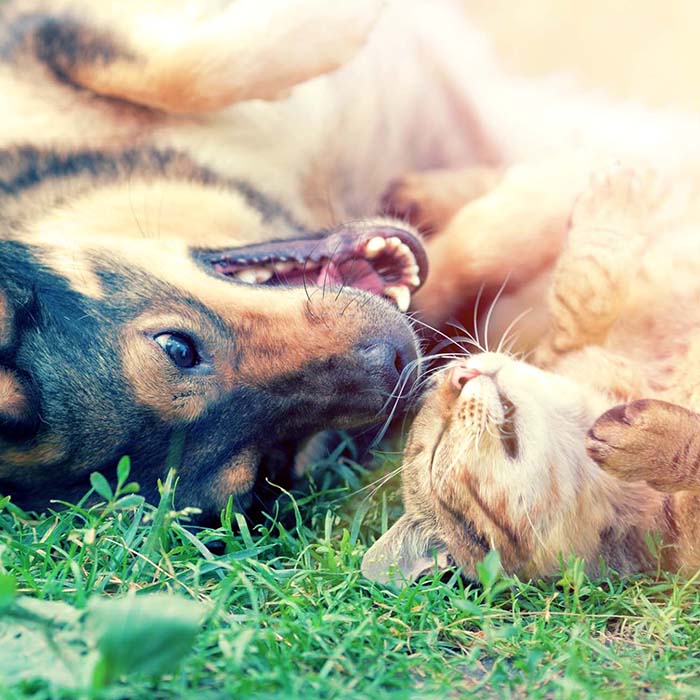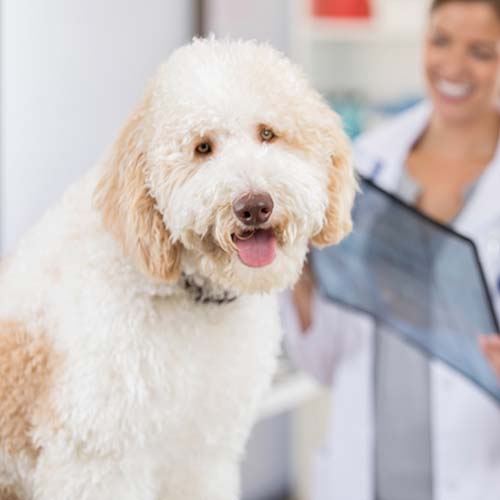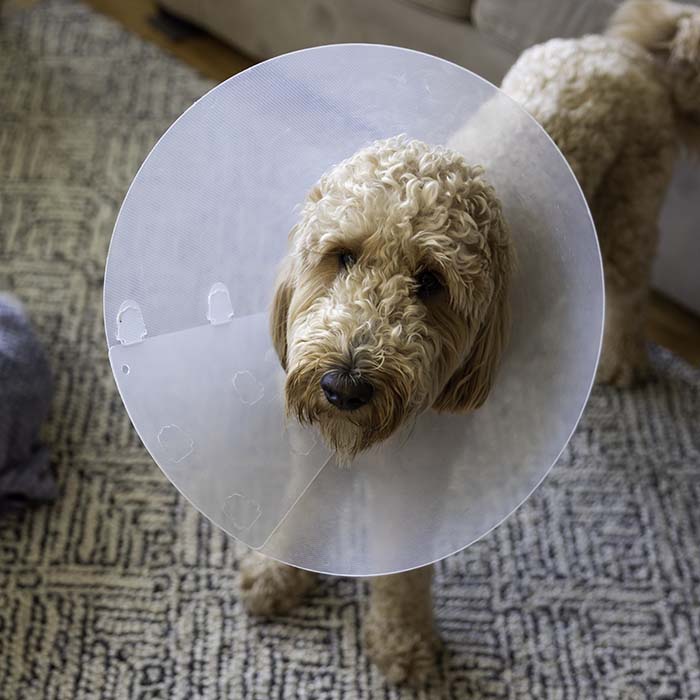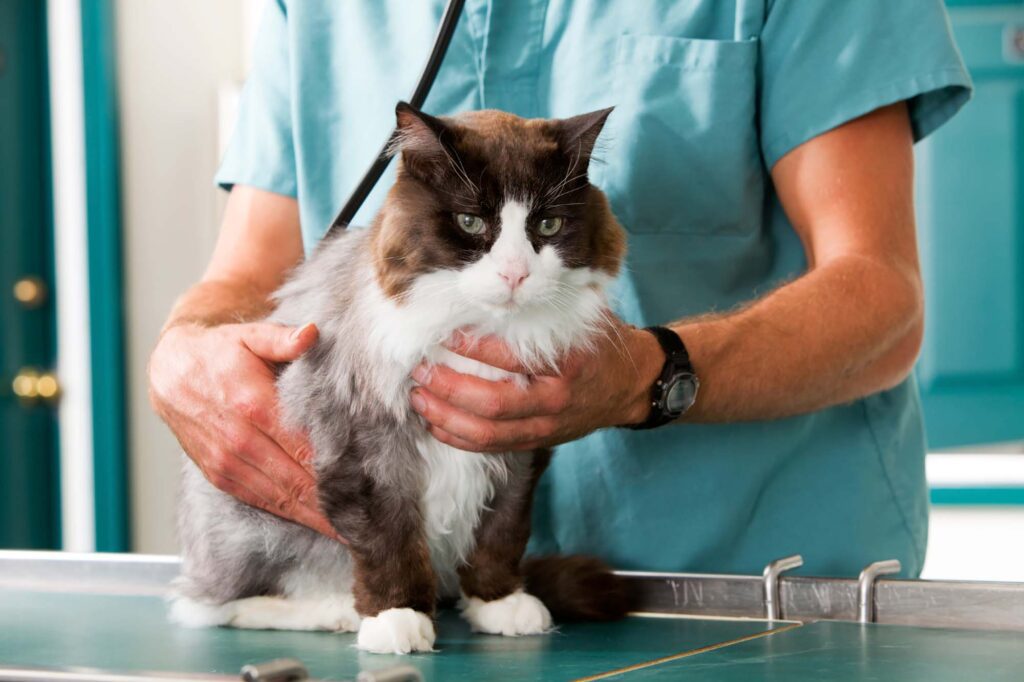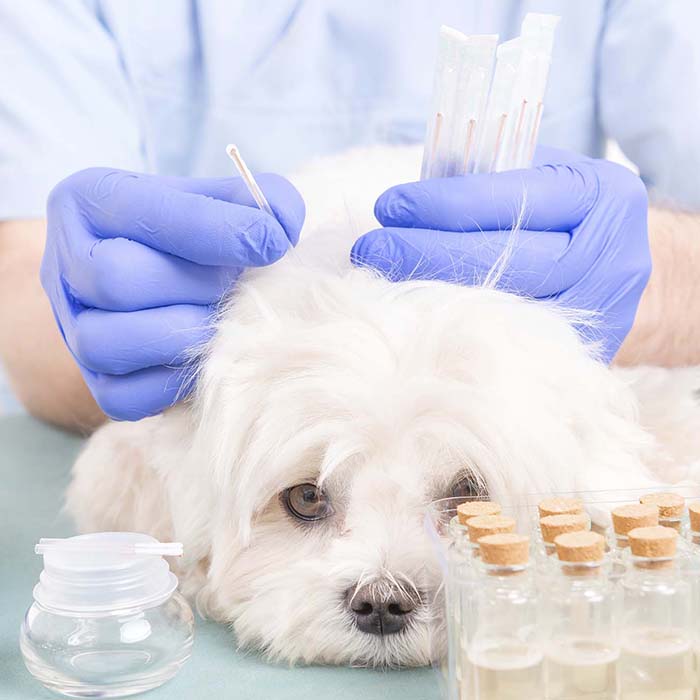OUR SERVICES
Rest assured your furry friend will receive exceptional care.
All the services you need, in Germantown & Gaithersburg, MD
Most pet owners only think about bringing their pets to the vet when they’re sick or injured. At Germantown Veterinary Clinic, we’re trying to change that, one appointment at a time! Our services are built on a foundation of prevention, because we believe that regular wellness visits are the key to a long, happy and healthy life. Our goal is to partner with you, every step of the way, to help your loved one not only survive, but truly thrive!
Our comprehensive care includes everything from annual checkups to high-tech diagnostics, advanced surgical care, life-saving critical care and more. We also offer a number of alternative therapy options for those seeking a more natural approach to their pet’s care, including laser therapy and veterinary acupuncture. Whatever need may arise for your loved one over the years, we want you to know you can count on the dedicated team at Germantown Veterinary Clinic.
For a full list of services available to our patients, please see below, or pick up the phone and give us a jingle! We look forward to serving all of your companion’s health care needs for life!

- Digital Radiology
- Microchipping
- End of Life Care
- Laboratory In-House
- Laboratory Off-Site




